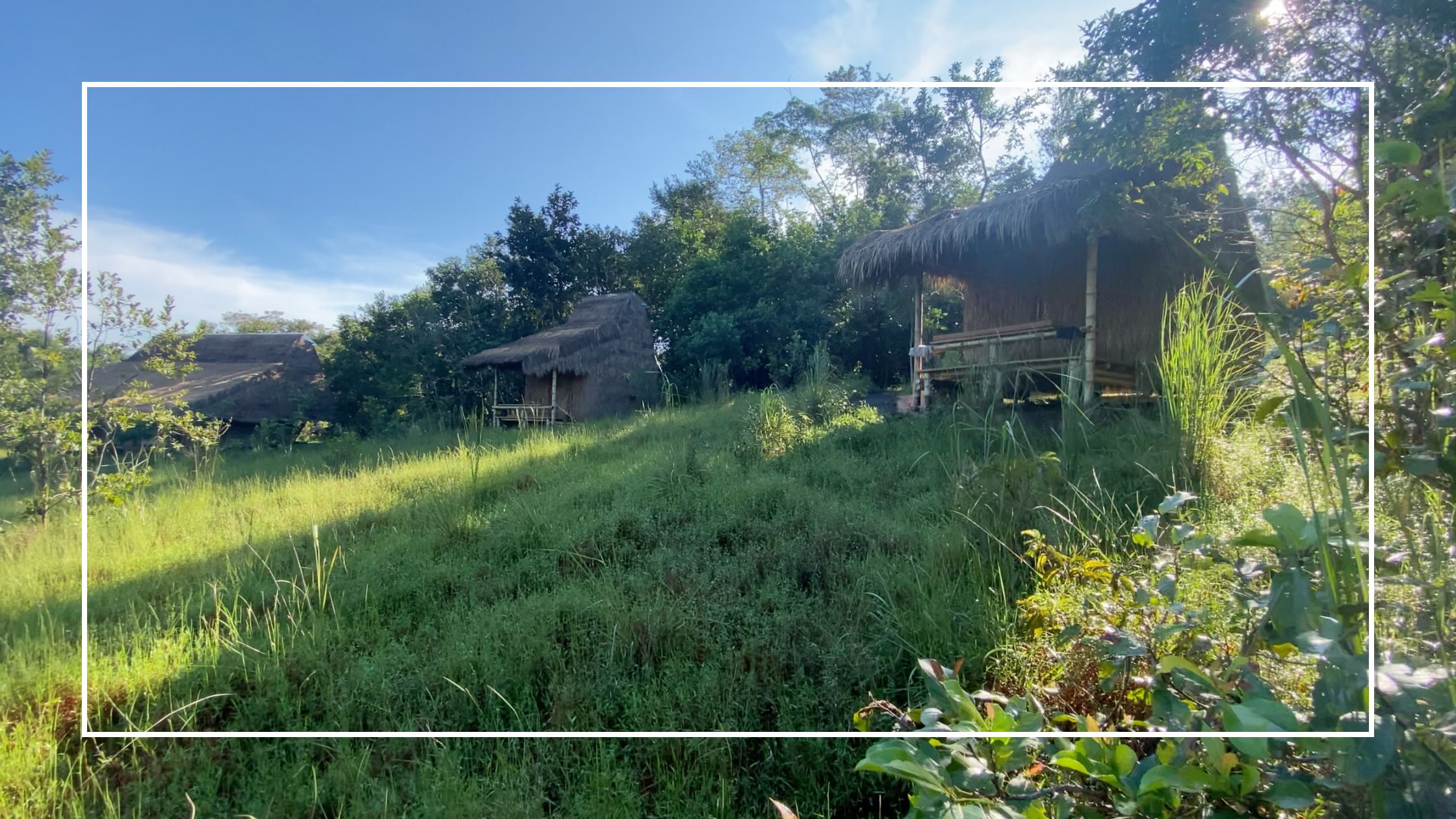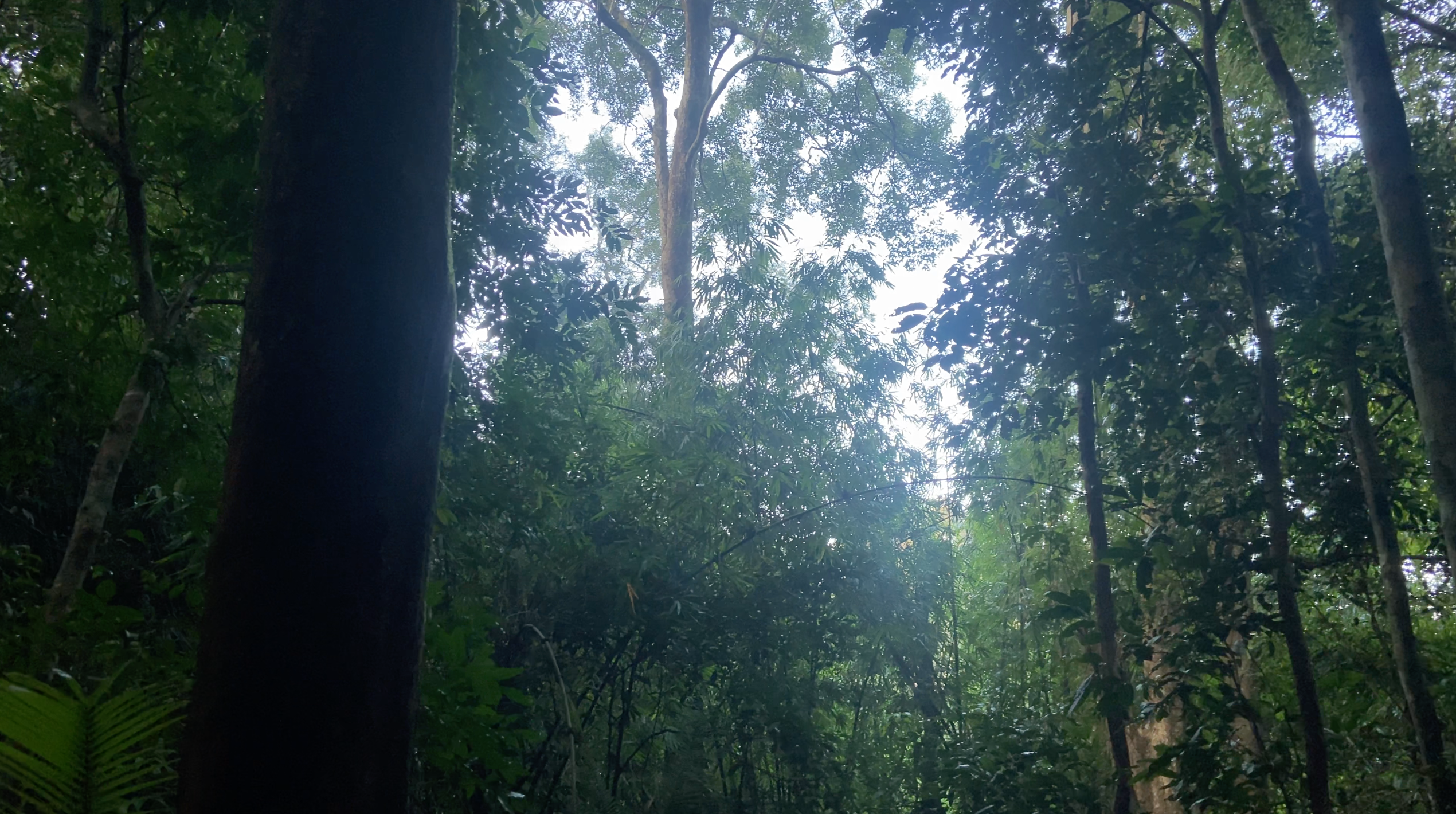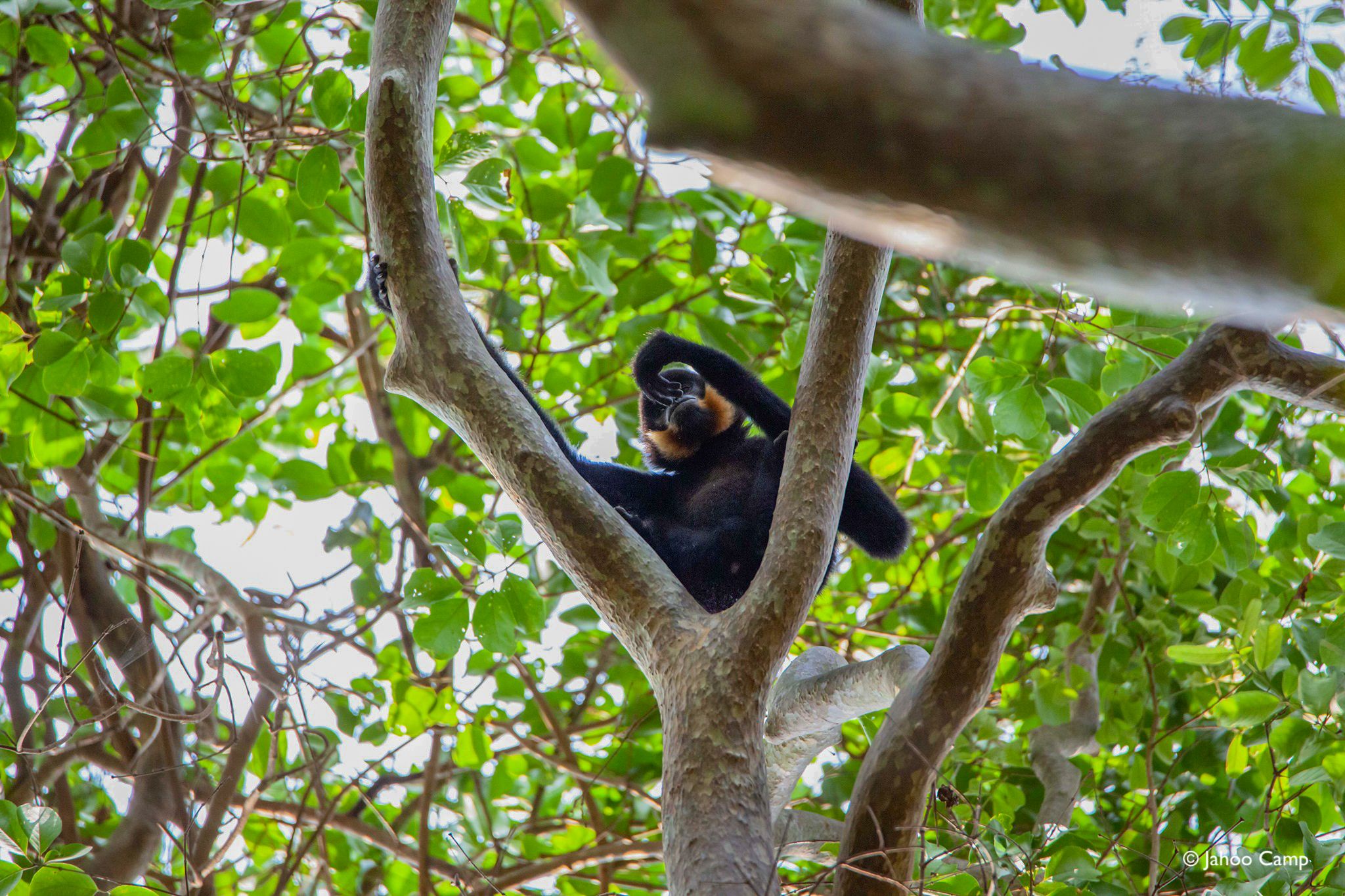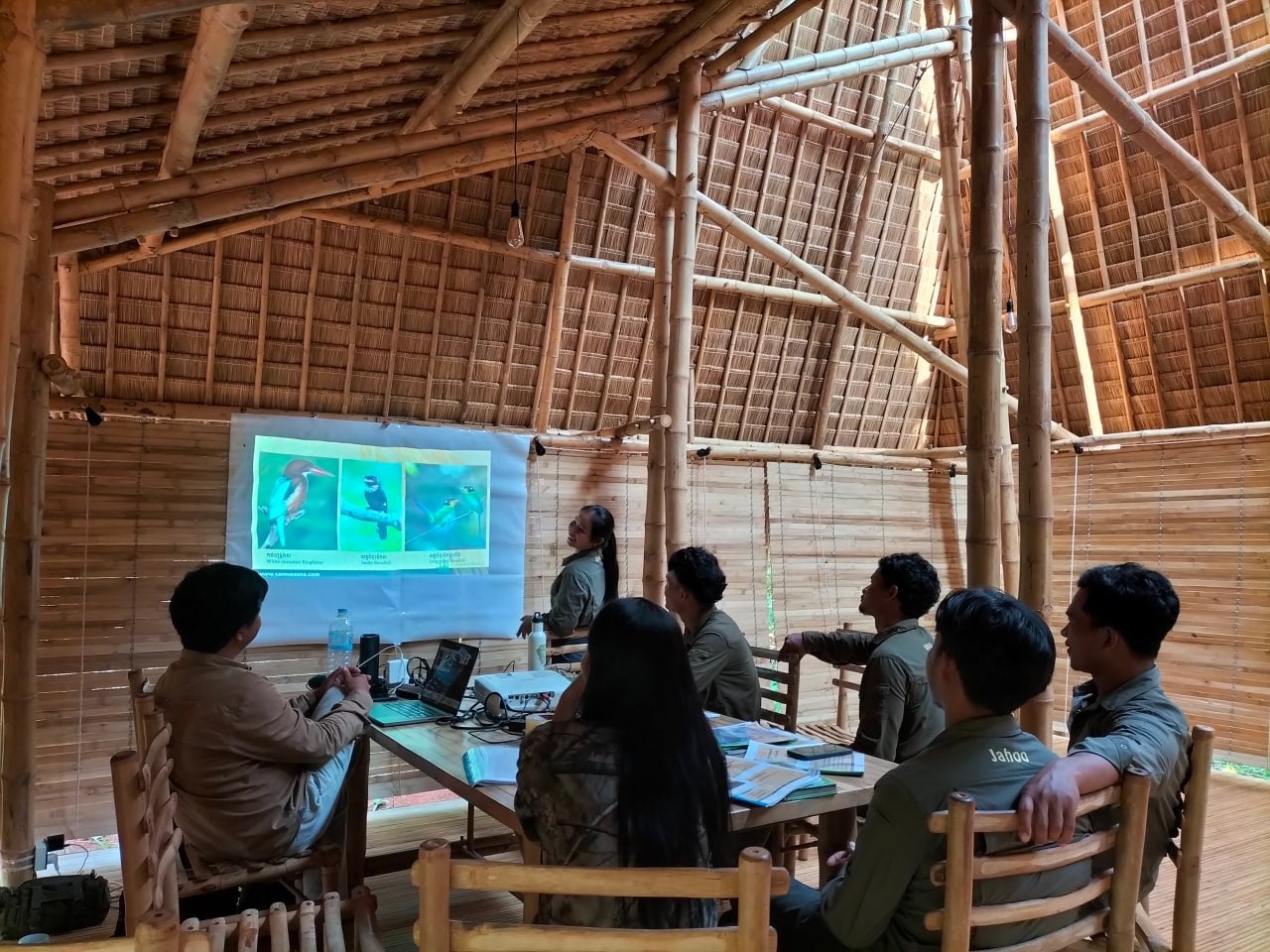
Sustainable Tourism
Arriving at Camp
The road leading to Jahoo Camp, didn’t always look like a road, well, at least a road I was accustomed to – sometimes it looked more like a dried-up riverbed in the midst of a month-long drought. I nervously questioned our driver, “Is there a special off-roading course you need to drive in places like these?” His wide smile assured me that he knew what he was doing.
Holding on to the seat and the handgrip, I grinned and looked at the rest of the team as we continued to snake our way through the jungle to our destination. The air was heavy, thick with moisture, and the noises grew louder as we arrived: the sound of the katydids and cicadas, ringing shrill through the air.
We grabbed our luggage and walked the path, through the trees to a beautiful building where the dining hall sat beckoning us to sit a while. Ahead of us, our cozy cabin stood at the opening of the forest. The sounds of the animals and insects were almost deafening for this country girl. After dropping our things off in our cabin and getting a tour of the buildings – the kitchen and washrooms – we settled in at the dining hall for supper.
Supper was traditional Bunong food – beautiful bowls of stews served with rice. Conversation around the table revealed what we could expect in the early morning hours of our jungle trek.
Exploring the Jungle
We met next to the kitchen before dawn and prepared for our early morning jungle trek. Wearing our reflective vests we set out. The team has sensitized the animals to these vests. They know they are safe when a human enters the jungle dressed this way. Coffee and fruit were packed for a lovely snack to enjoy while we searched the canopy to catch a glimpse of the endangered southern yellow-cheeked crested gibbon.
As the sun began to rise, we could hear the gibbons begin to sing their morning song. Off in the distance, another family of gibbons called out. Suddenly, the canopy came alive with movement. A family of five darted to and fro in the branches overhead. Suddenly, a loud and long call told the kiddos to return home. According to our guides, the young ones had left without permission and needed to return.
What an amazing sight to see! Through binoculars and occasionally with the naked eye, you could see these beautiful creatures swing, play, and eat. We were graced with a momentary landing in the trees of a pair of great hornbills, saw huge cicadas, armies of ants, and land snails.



A New Kind of Tourism
Jahoo Eco-tourism Camp is a special space and place. Located in Keo Seima Wildlife Sanctuary in Cambodia, Jahoo is providing opportunities for the indigenous Bunong to continue being guardians of the forest and protect the species who live there. This is their ancestral land, and their traditional livelihoods depend on the sustainable use of the natural resources present in this area.
Empowering each generation in their traditional roles is encouraging the Bunong to live in this space and thrive. The hospitality shown to those who come to the Camp is high caliber: everyone from the kitchen crew to the cleaners, gardeners and guides strives to make your time at Jahoo memorable and they do!
Jahoo offers hope of an alternative livelihood that is reconnecting the Bunong with their forest and its wildlife as a source of income and pride. Learn more about Jahoo or book your visit!
